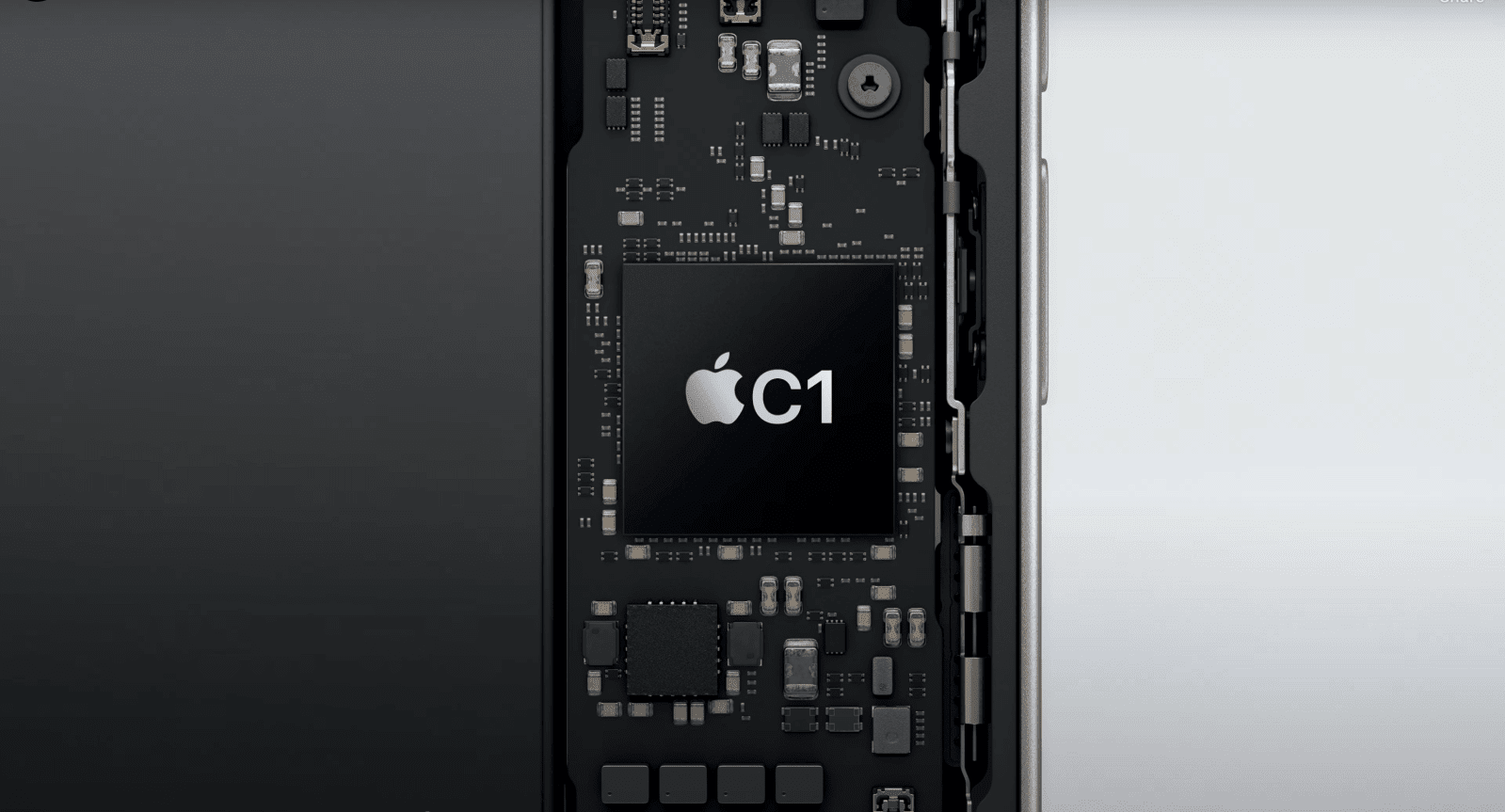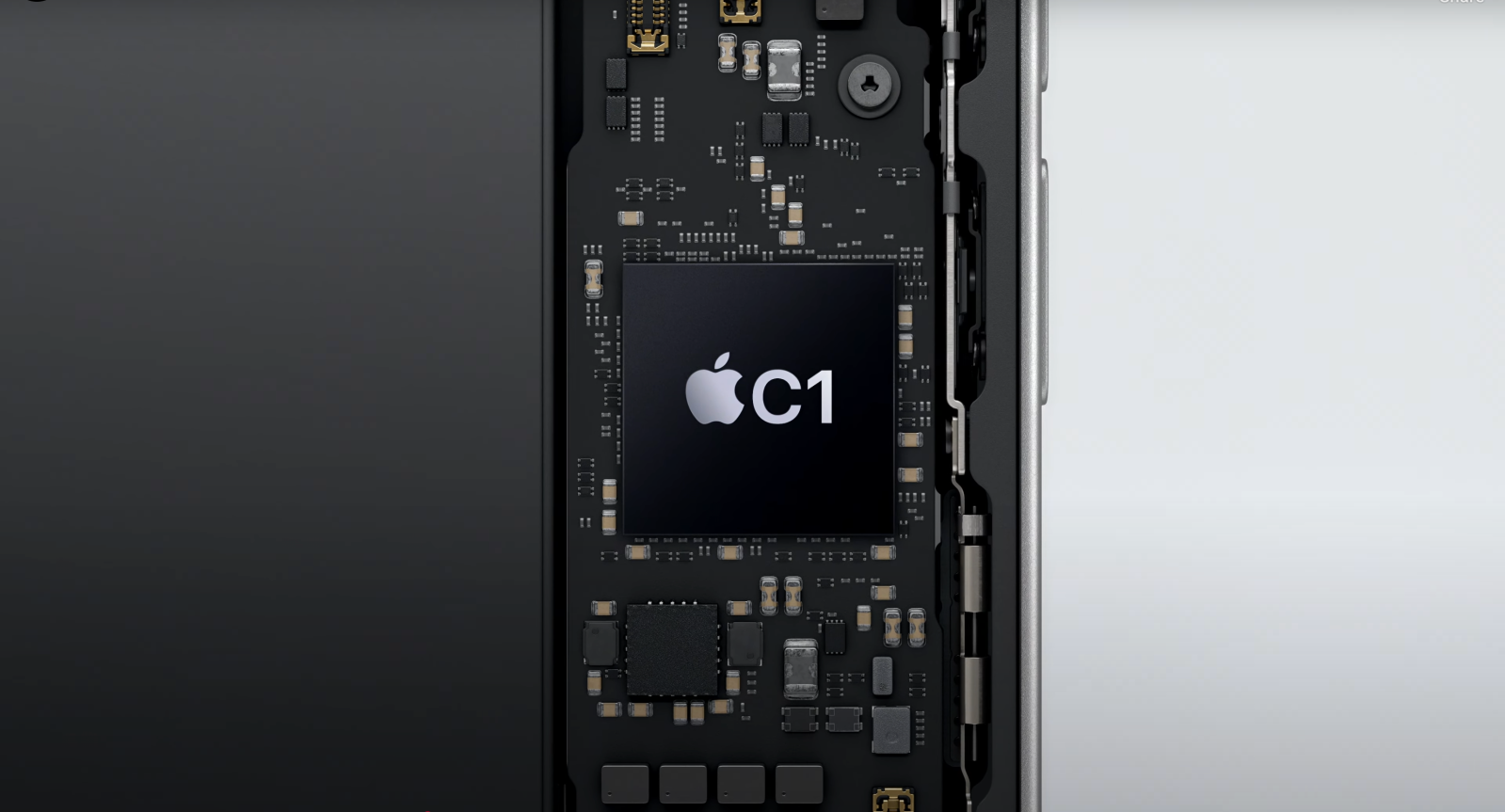

This week, a significant point of discussion has emerged regarding the iPhone 16e’s lack of MagSafe charging compatibility. Initially, there were assumptions that the absence of MagSafe might be connected to interference from Apple’s C1 chip, the company’s inaugural in-house cellular modem designed specifically for the iPhone.
However, Apple recently clarified that the C1 chip does not impact the absence of MagSafe charging in the iPhone 16e. Further investigation by an accessory manufacturer has shed light on the charging performance under these circumstances, as detailed in a report shared with 9to5Mac.
Testing: iPhone 16e, MagSafe, and C1 Chip
The accessory manufacturer conducted two key experiments. The first focused on the speeds of wireless charging. While the iPhone 16e doesn’t natively support MagSafe, utilizing a third-party case equipped with magnets can deliver comparable charging functionality. Their findings indicate a marked increase in wireless charging speeds under these conditions.
The results showed that the iPhone 16e experiences significant fluctuations in wireless charging speeds when not using a MagSafe-compatible case that ensures magnetic alignment. This inconsistency is largely due to challenges in positioning the iPhone accurately on a wireless charger without the aid of magnets.
Here are the charging speeds recorded for the iPhone 16e without any case, relying solely on manual positioning:
- Cycle 1: 4.2W
- Cycle 2: 5.0W
- Cycle 3: 4.7W
- Cycle 4: 5.9W
- Cycle 5: 6.5W
In contrast, when using a case that incorporates MagSafe technology and maintains proper alignment, the iPhone 16e consistently charged at 7.5W across all five cycles, matching the charging specifications provided by Apple.
The manufacturer also explored whether utilizing a MagSafe-enabled case along with a charging puck would affect cellular data speeds. Although Apple has already dismissed this notion, the results from these tests further corroborate Apple’s position.
The tests were performed using a Rogers cellular connection monitored via the Google Internet Speed Test tool in Safari. All results are presented in Mbps.
No Case
- Cycle 1: 194.2 Mbps
- Cycle 2: 194.0 Mbps
- Cycle 3: 192.1 Mbps
- Cycle 4: 200.5 Mbps
- Cycle 5: 202.0 Mbps
MagSafe-enabled Case
- Cycle 1: 193.6 Mbps
- Cycle 2: 198.8 Mbps
- Cycle 3: 194.6 Mbps
- Cycle 4: 201.1 Mbps
- Cycle 5: 197.8 Mbps
MagSafe-enabled Case + MagSafe Puck
- Cycle 1: 196.1 Mbps
- Cycle 2: 190.2 Mbps
- Cycle 3: 195.7 Mbps
- Cycle 4: 196.8 Mbps
- Cycle 5: 199.1 Mbps
The data clearly indicates no interference from the C1 modem with MagSafe functionality. This leads to the inference that the decision to exclude MagSafe from the iPhone 16e may have been primarily driven by cost considerations. As we anticipate the arrival of iPhone 16e teardowns in the weeks ahead, further insights may be revealed.
Top Recommended iPhone Accessories:
FTC: This article contains affiliate links that may earn us a commission. Learn more.










